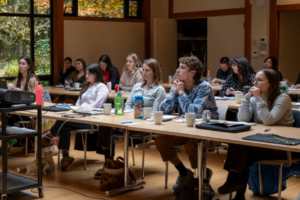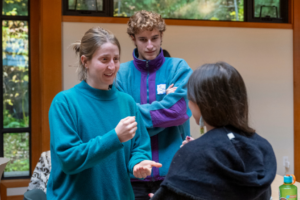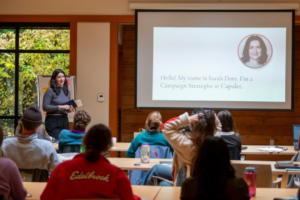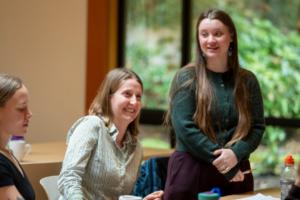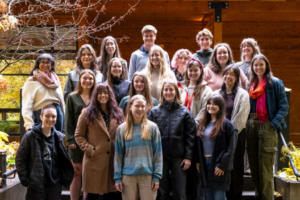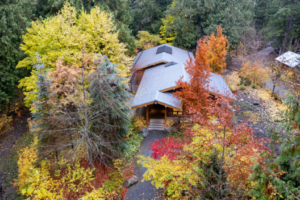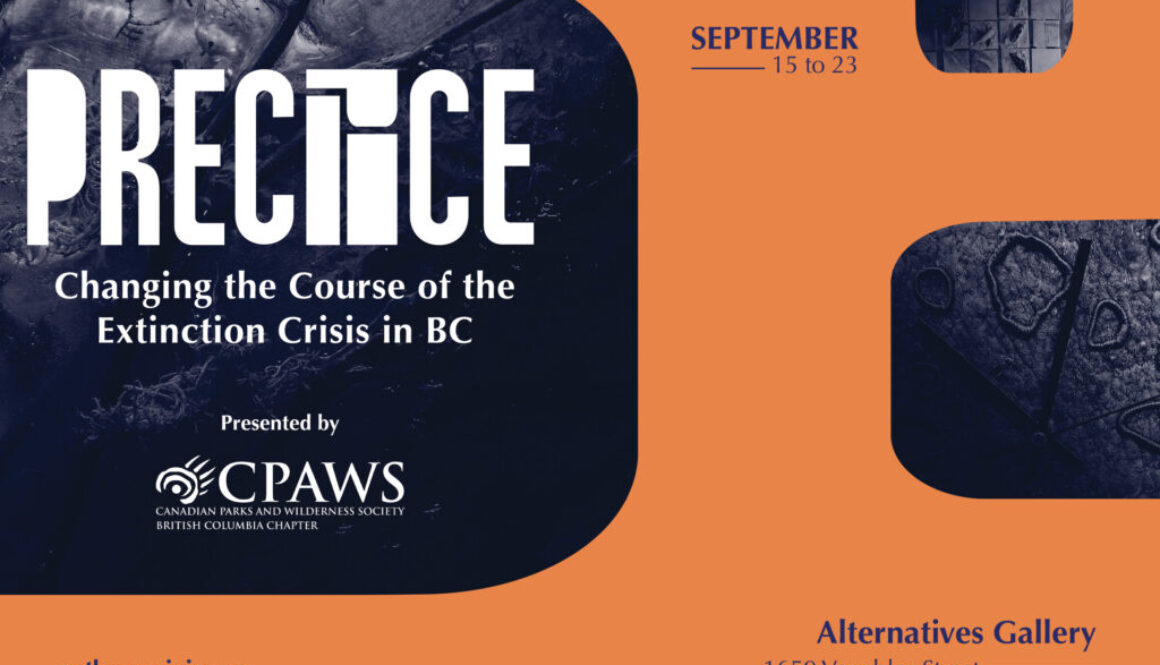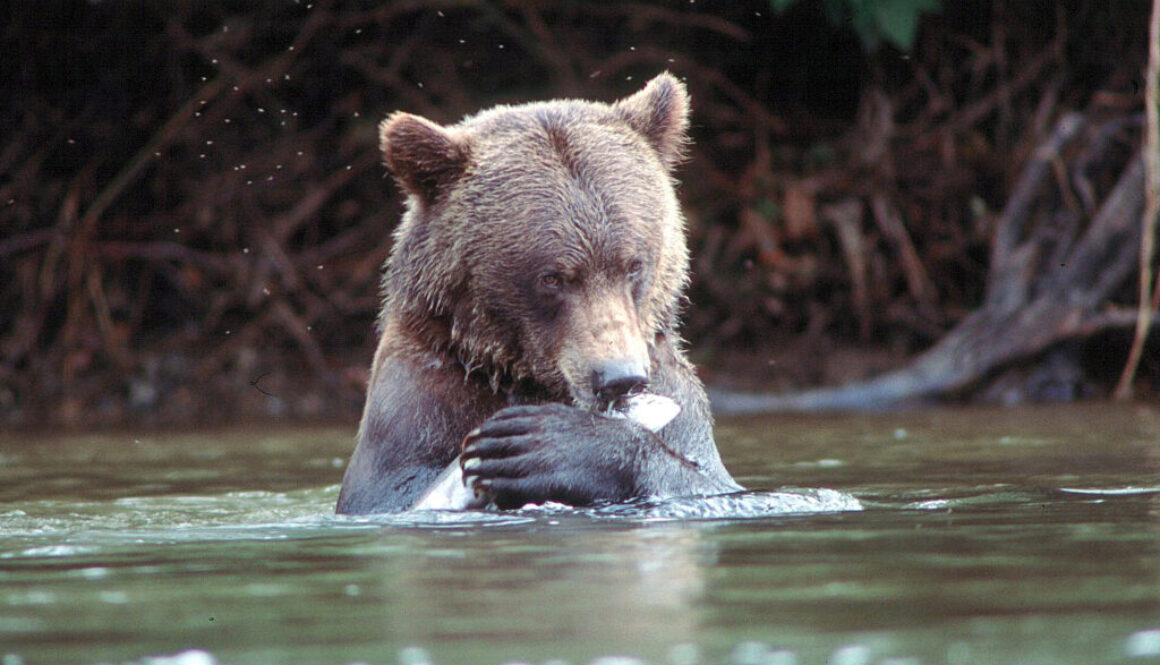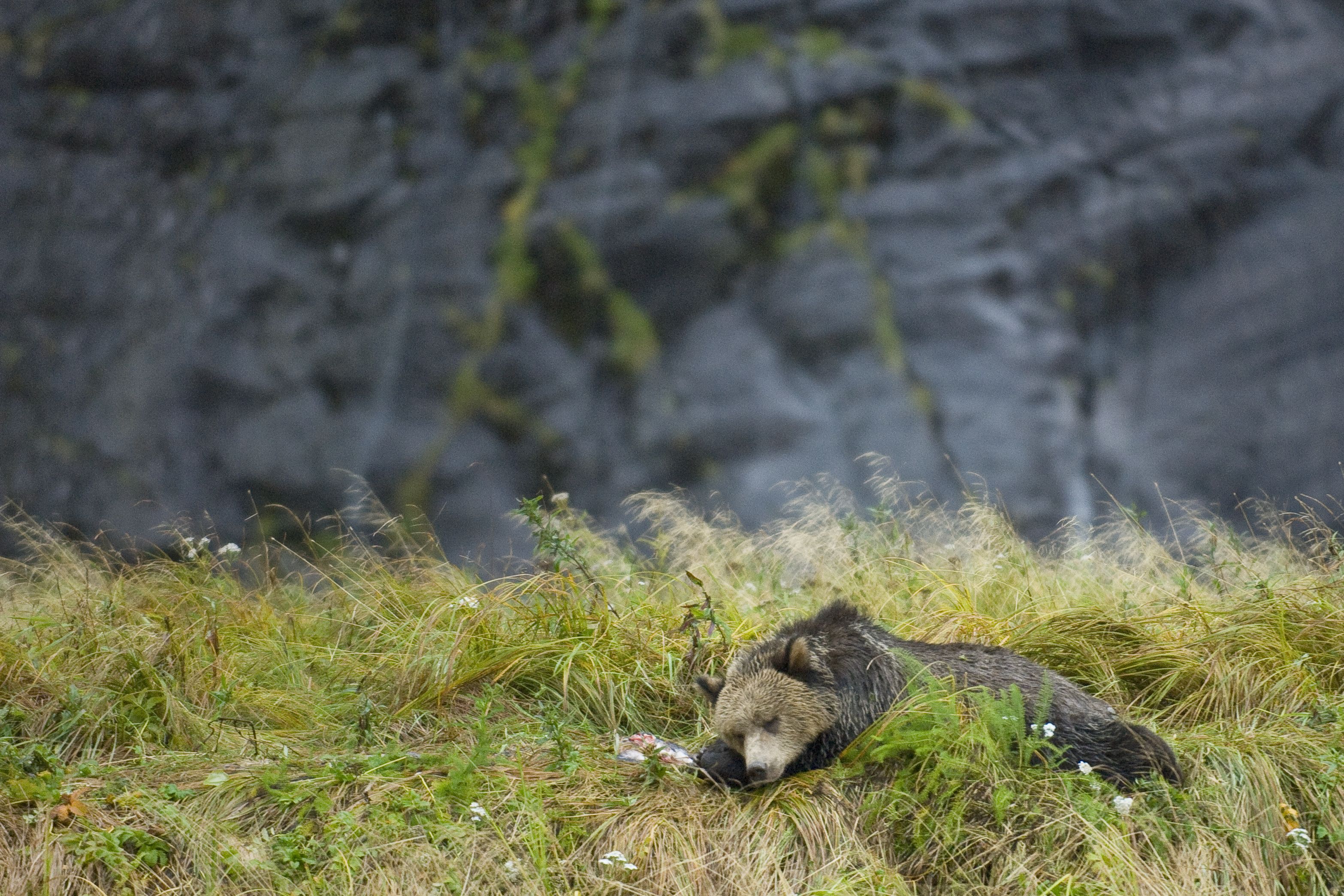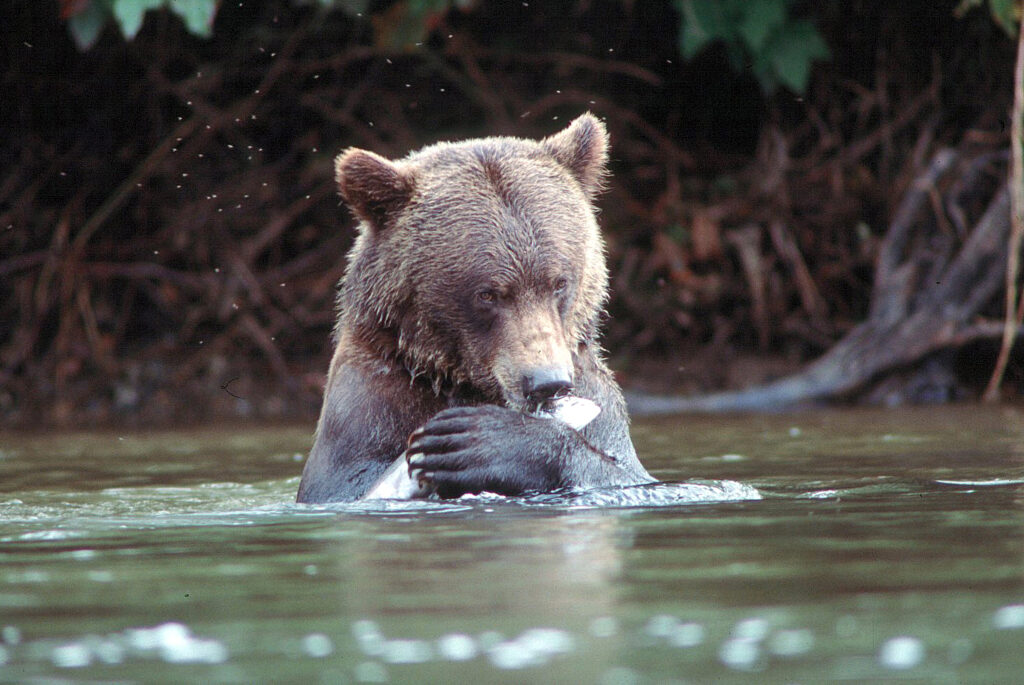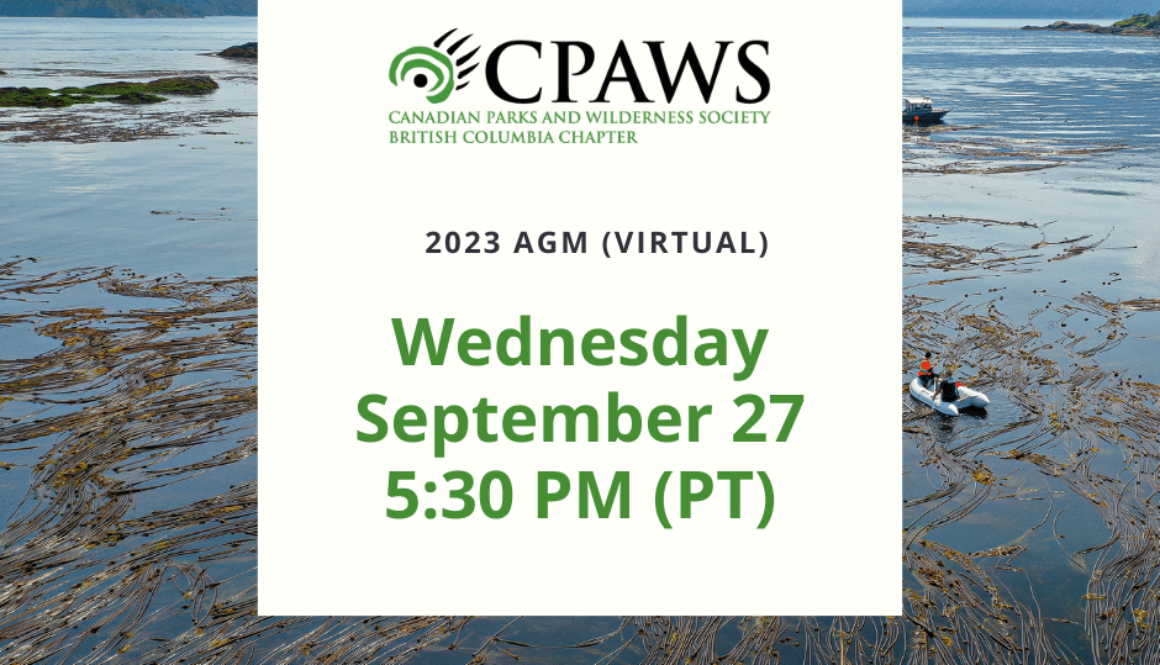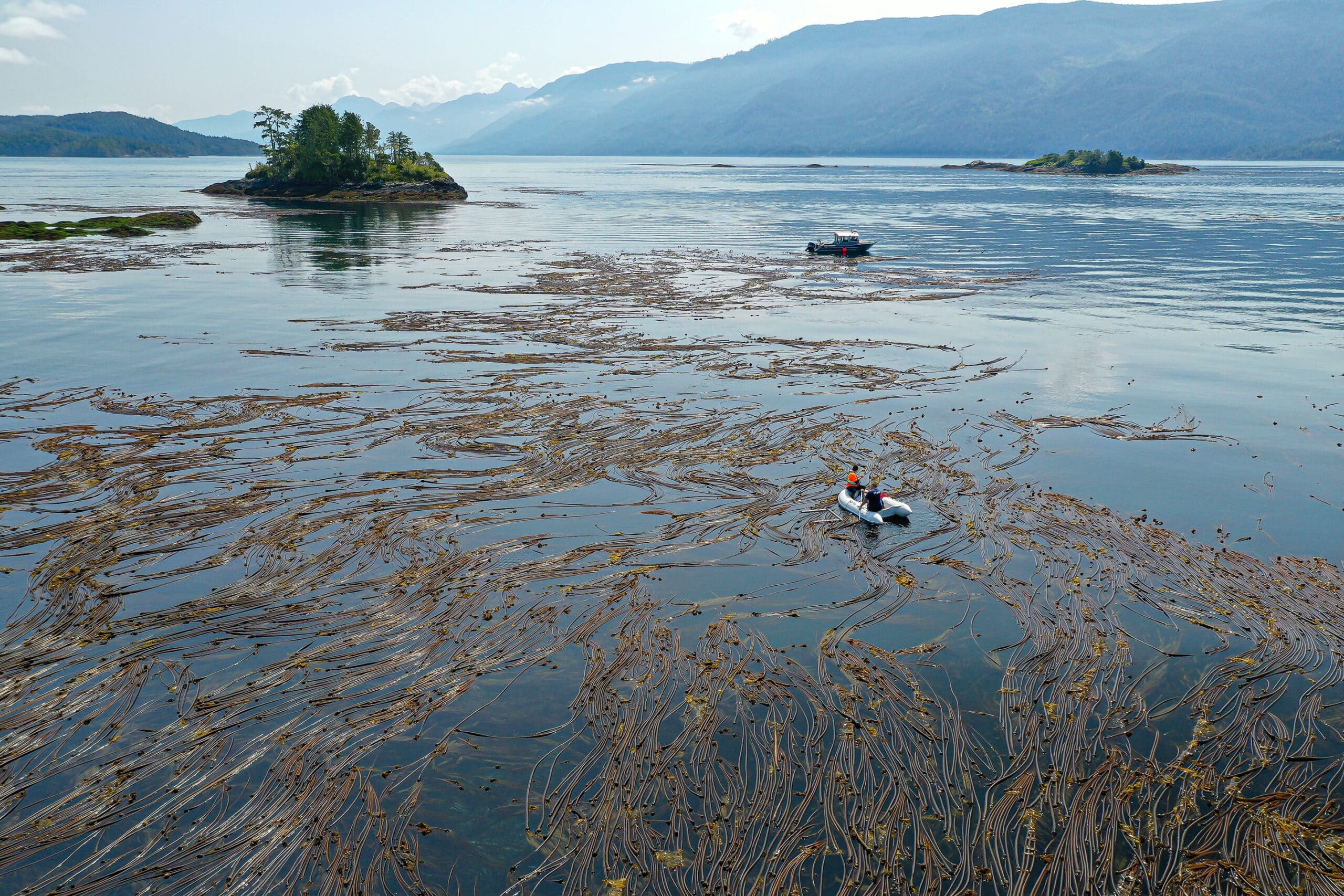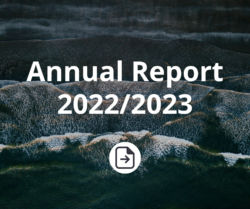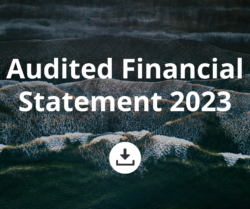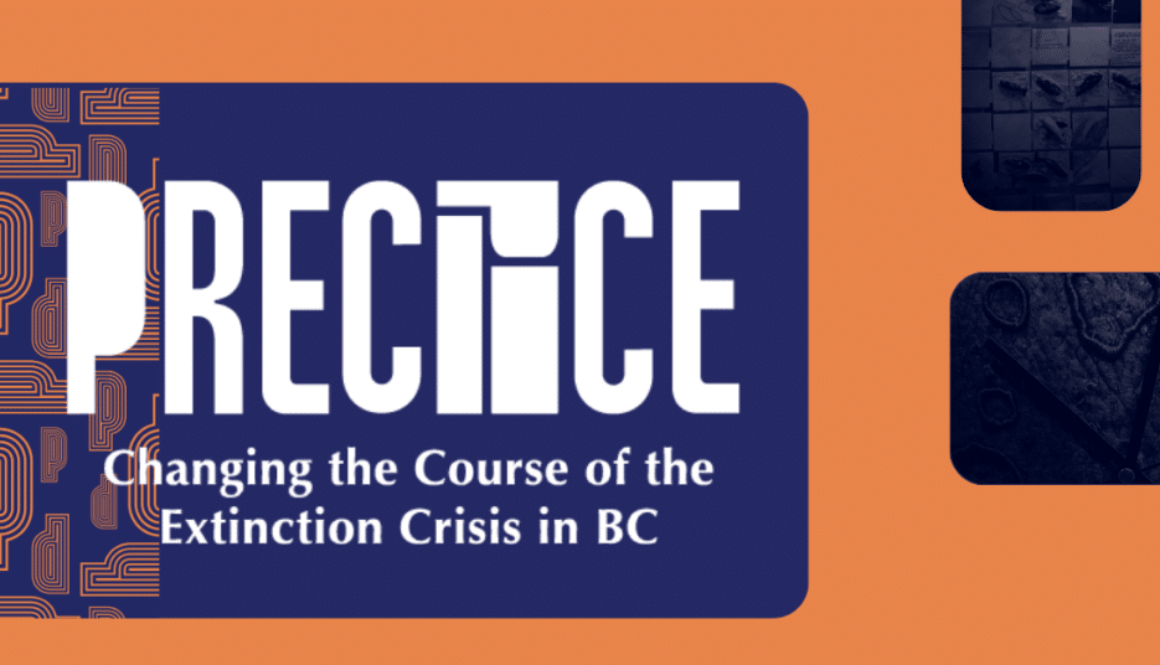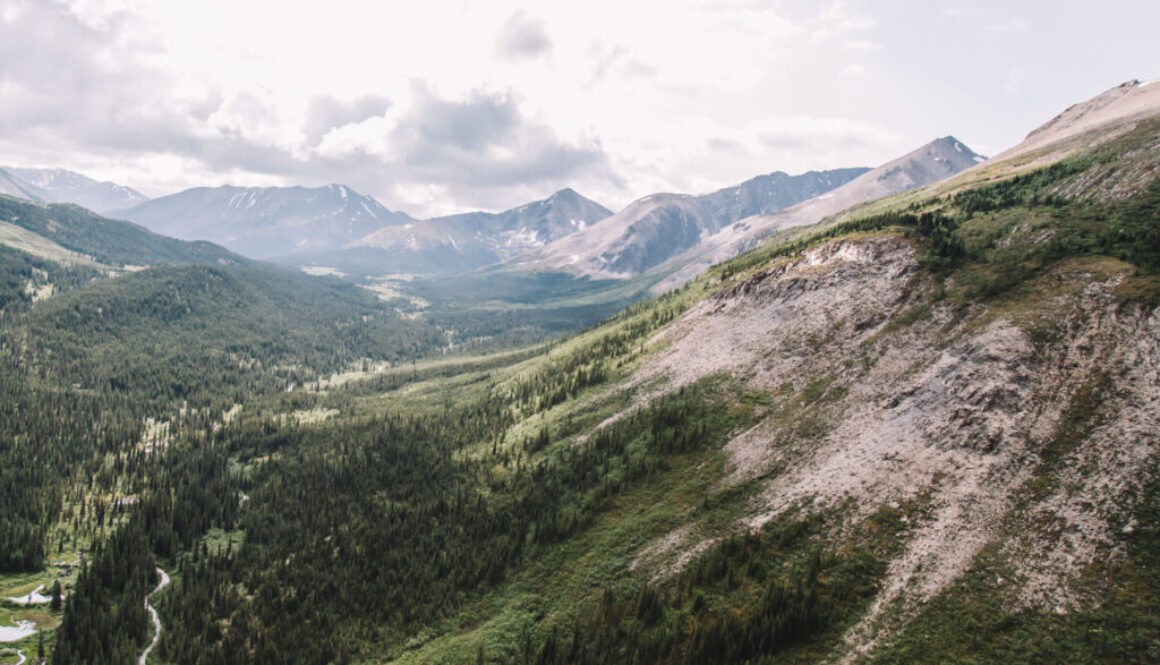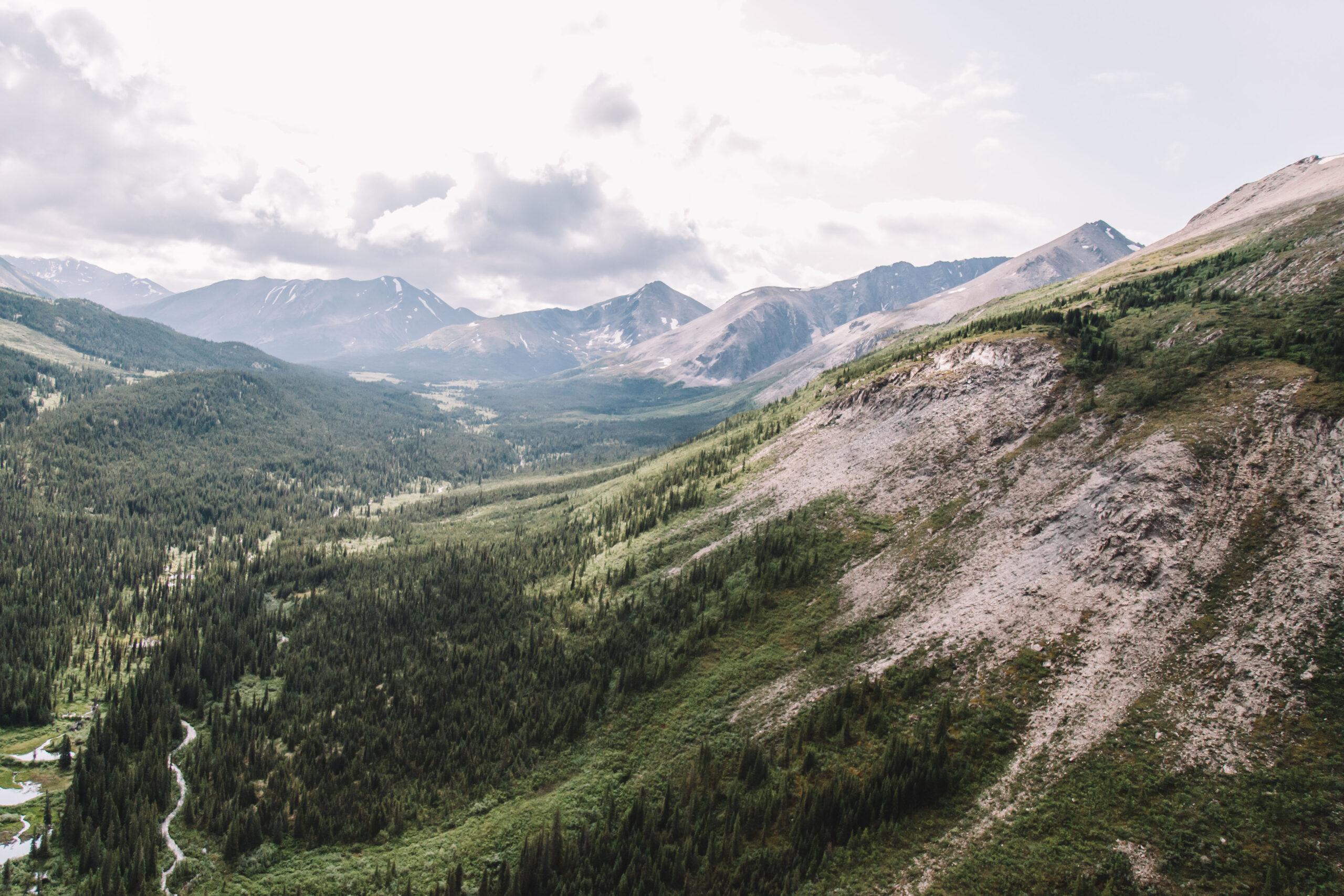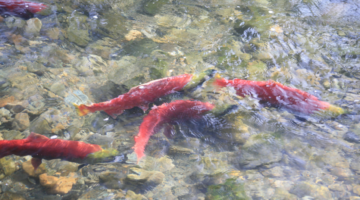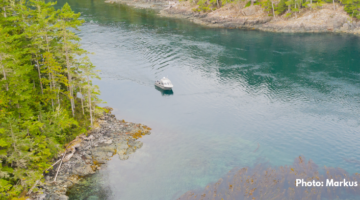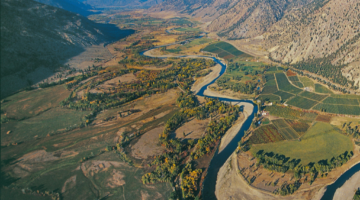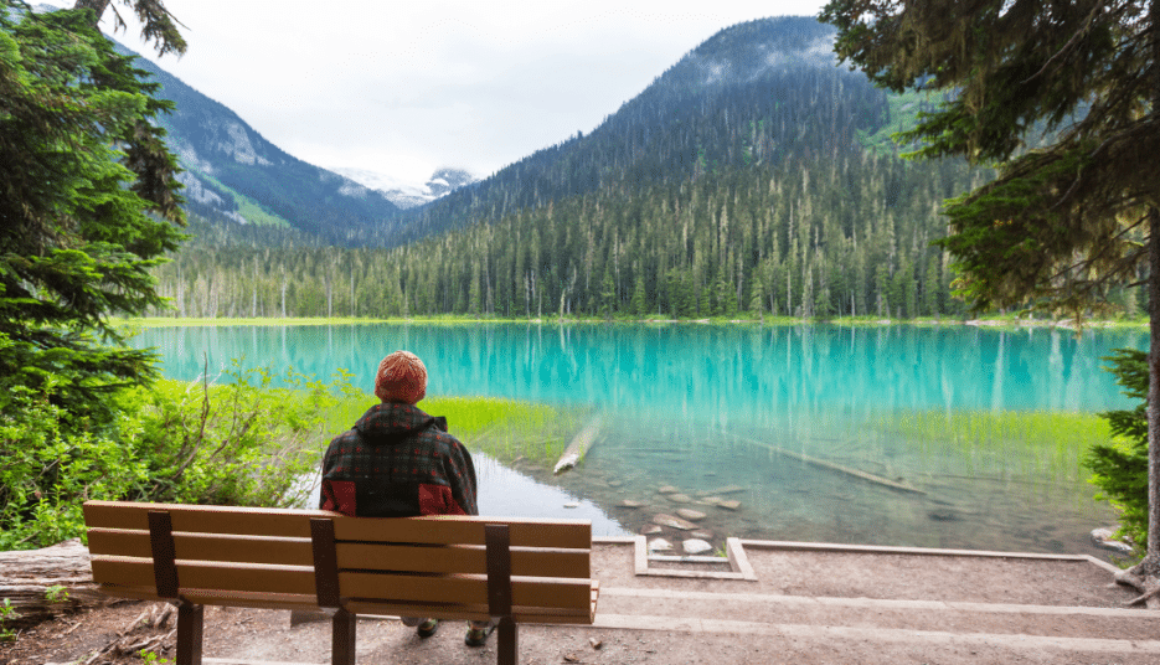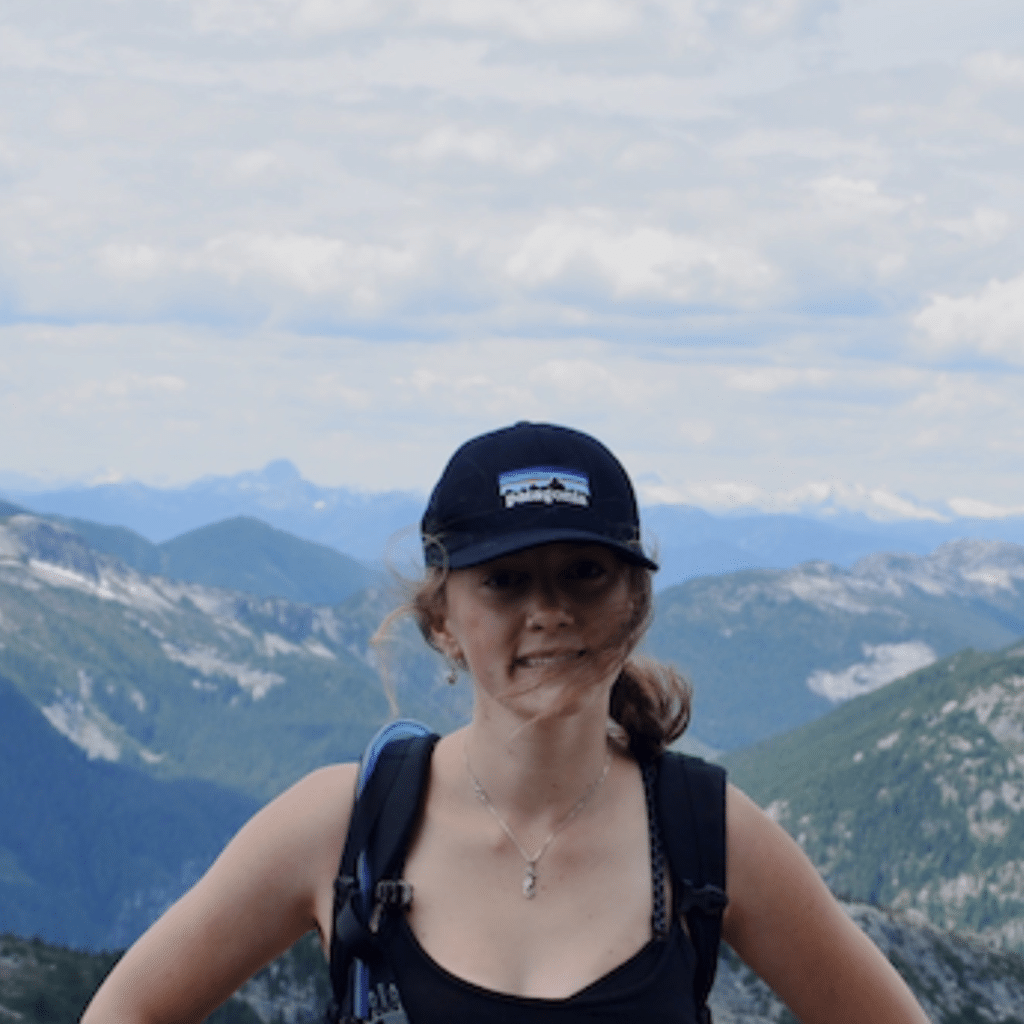How our Young Leaders in Conservation are Unifying to Advocate for Nature in BC

How Our Young Leaders In Conservation Are Unifying To Advocate For Nature In BC
Reflecting on our 2024 Young Leaders in Conservation Summit
Nov. 18, 2024 – by Eden Luymes, Youth Engagement Coordinator
On a rainy November weekend, 19 youth from our Young Leaders in Conservation Program gathered at the Brew Creek Centre for our 2024 Summit. Under cedar fronds dripping with fresh rain, we gathered to learn about policy pathways to protect nature in BC, brainstorm and scheme creative campaign ideas, sip cozy beverages in the lodge, meet with and learn from local government representatives, and build community with like-minded, environmentally-conscious youth from across the province.
Take a walk through some of the many workshops, highlights, and learnings from this beautiful weekend with our Young Leaders.
Learning from Squamish and Lil’wat Culture
Our Summit took place on the unceded shared territory of the Sk̲wx̲u7mesh (Squamish) Nation and L̓il̓wat7úl (Lil’wat) Nation. We opened our weekend with a traditional welcome, beautiful songs, and a dance led by Shelby, a Cultural Ambassador from the Squamish Lil’wat Cultural Centre (SLCC). This was a wonderful way to ground ourselves in place and reflect on how we can work towards meaningful decolonization and support Indigenous leadership on the land.
We also had the incredible opportunity to visit the Squamish Lil’wat Cultural Centre in Whistler and learn more about Squamish and Lil’wat cultures and relationships to the land. I was particularly struck by the artistry and deep symbolism in the carving work, and the process for collecting, processing, and weaving wild mountain goat hair in Squamish tradition.
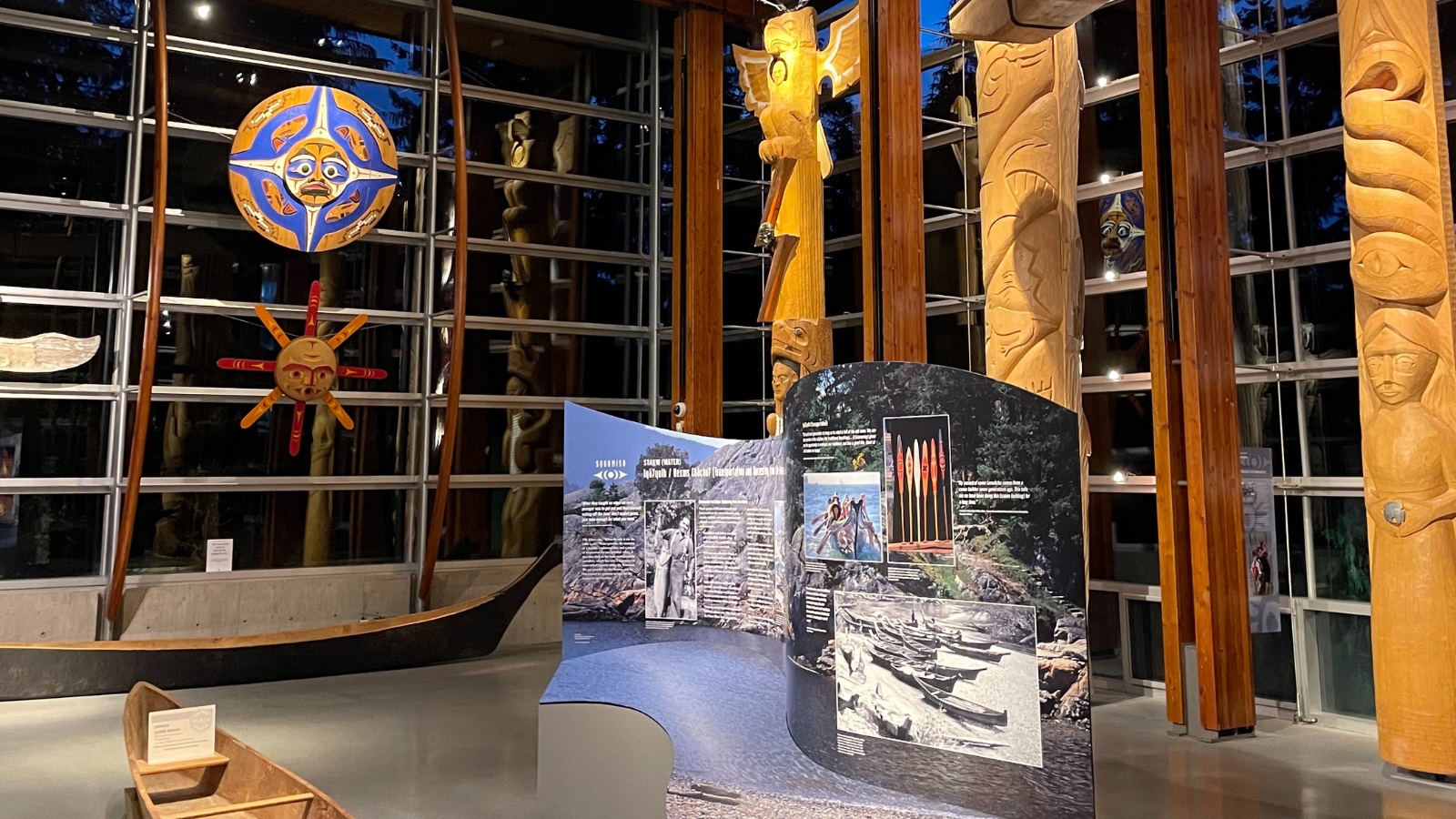
Visiting the Squamish Lil’wat Cultural Centre on the unceded shared territory of the Sk̲wx̲u7mesh (Squamish) Nation and L̓il̓wat7úl (Lil’wat) Nation. Photo by Hailey Boehnr
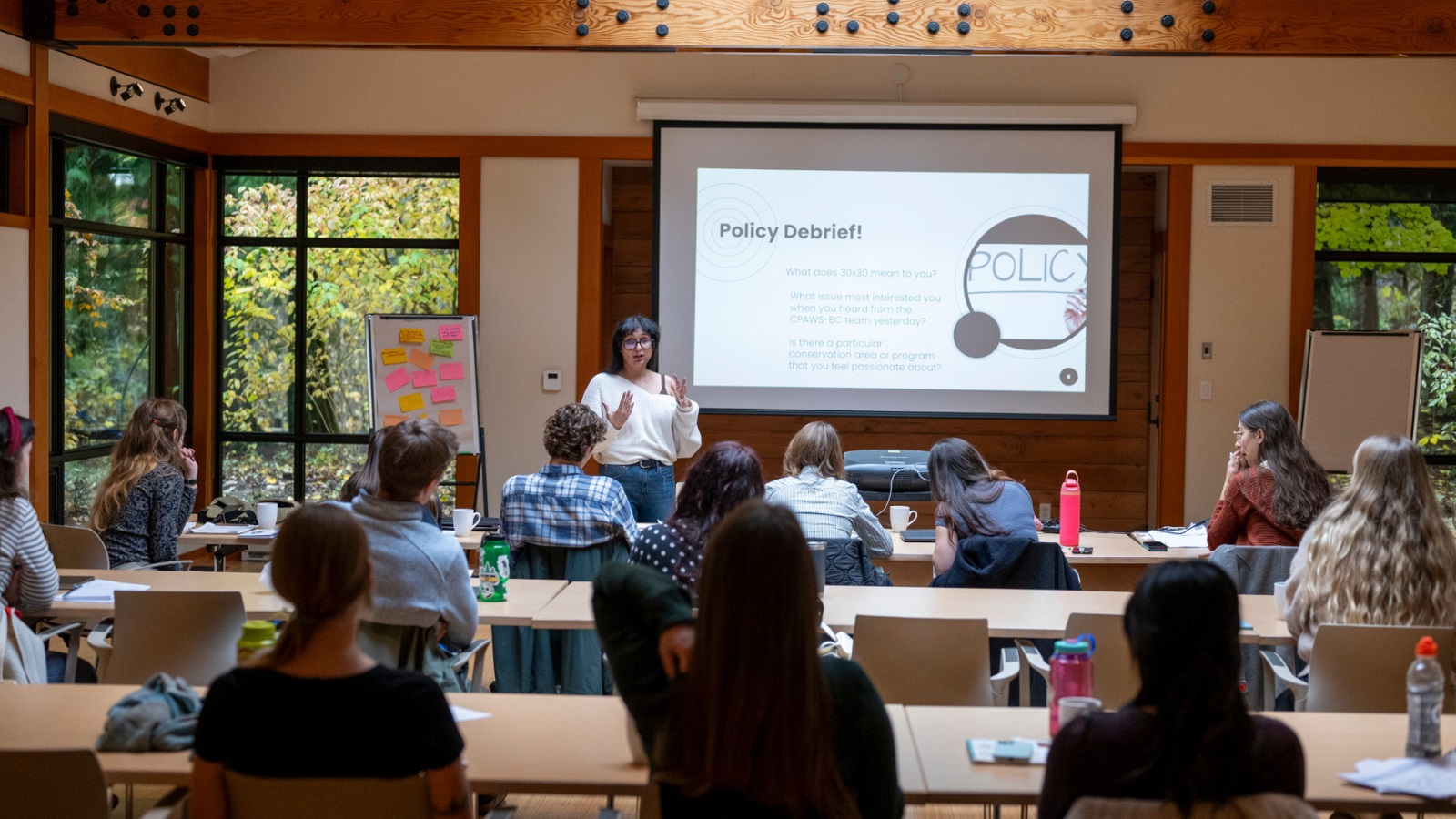
AK Saini from Organizing for Change presenting a campaign strategy session on “Organizing to Win.” Photo by Mike Crane Photography
Organizing to ‘Win’ for Nature
One of the goals of this Summit was to familiarize ourselves with local conservation policy issues, and identify ways we can lobby for more and better protected areas in BC. CPAWS-BC’s Research and Policy Coordinator Meg Bjordal and Marine Research Coordinator Debra Sintra presented on their policy research and campaign work. They identified what areas of terrestrial and marine conservation need additional effort so the young leaders can advocate for action.
This presentation was complemented by a campaign strategy session on “Organizing to Win” with AK Saini from Organizing for Change. We fleshed-out our campaigns by identifying decision-makers, power-holders, and potential points of intervention for our activism, lobbying, or policy recommendations. This exercise will help the young leaders develop their policy asks for MLAs by identifying where we can exert pressure, mobilize our efforts effectively, and actually “win” for nature.
Story-telling in Activism
This weekend, the Young Leaders learned that humans are a species of storytellers. As much as we love a good statistic, it’s important to build a narrative in our activism. We covered how to do this in a session with Sarah Doty from Capulet.We shared our conservation “encounter” – our origin story for our work on environmental issues. Our “encounters” included moments in childhood, learning about a species at risk, or a cultural connection to the land. We discussed the importance of not only conveying an “ask” in our messages to the government, but also a vision. We ended the session by brainstorming increasingly wild and hair-brained ideas to visually convey the importance of protecting 30% of lands and waters by 2030. Ideas ranged from murals of endangered species in the locations where they should be thriving, to a cake presented to the Premier…
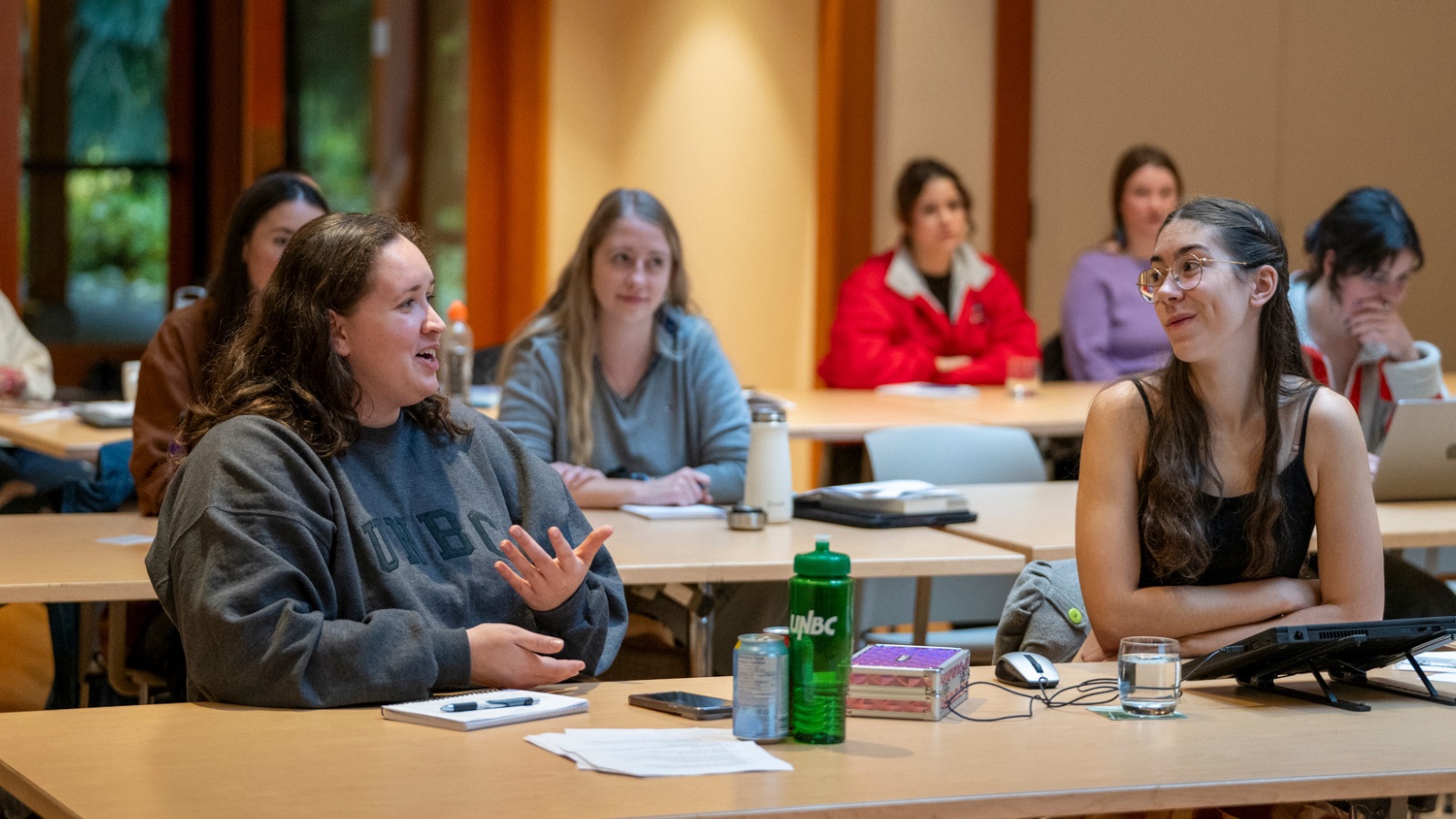
Young Leaders discussing their 'encounter' during a session on building narrative in activism by Sarah Doty from Capulet. Photo by Mike Crane Photography
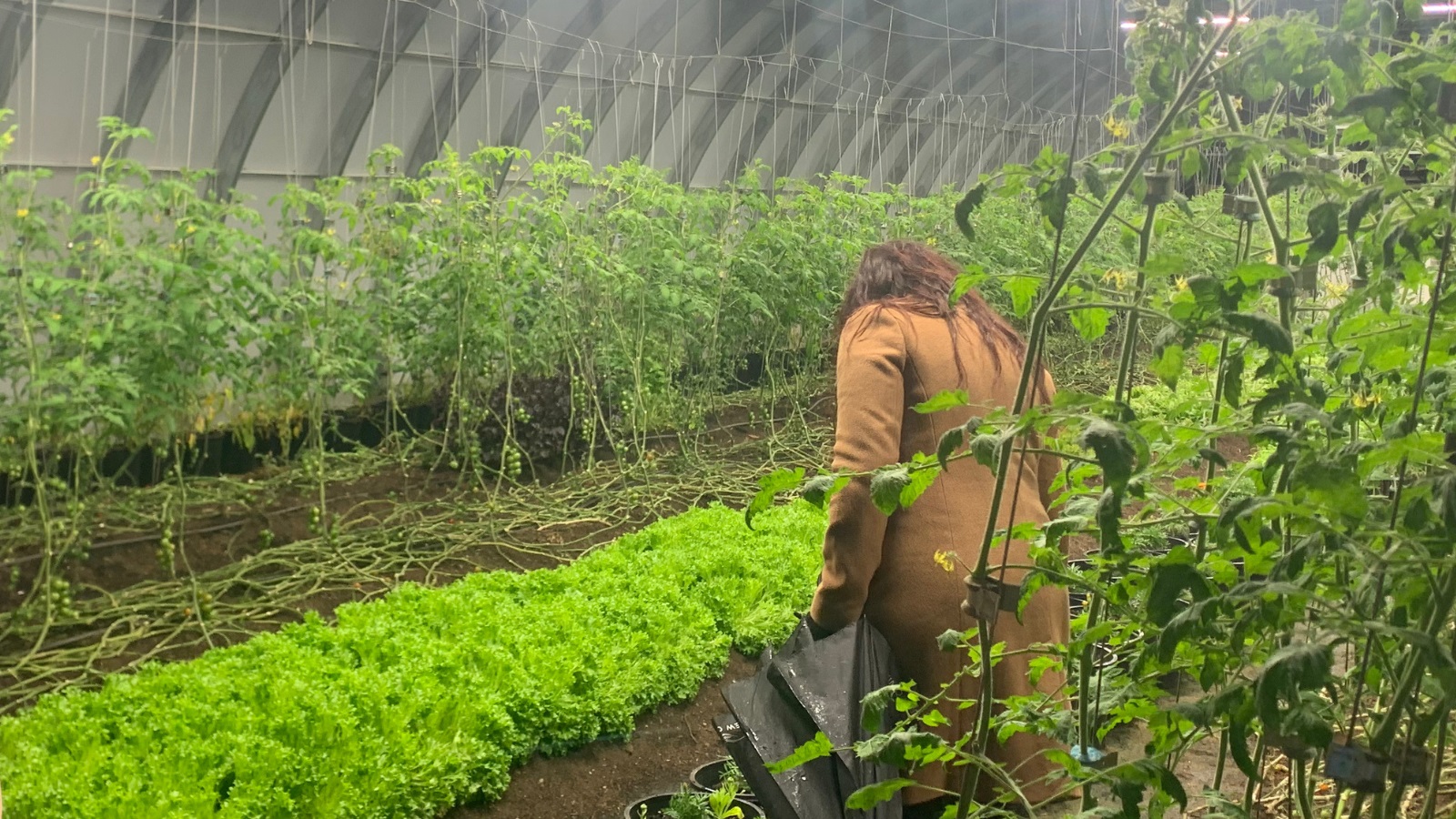
Exploring the property green houses at Brew Creek Centre where the food we enjoyed over the weekend was grown. Photo by Eden Luymes
Eating & Growing Sustainably
Our Summit took place at the beautiful Brew Creek Centre, where the food – catered by LC Catering – was particularly outstanding. LC Catering provided seasonal and local meals, and we had the opportunity to see where much of the food we were enjoying was grown – right on site at the property farm! Eli took us on a fascinating tour of fields, greenhouses, geodesic domes full of flowers, and an incredible aquaponics facility where koi fertilize the greenest lettuce I’ve ever seen. It was delicious and exciting to see how much gorgeous food can be locally and sustainably grown here, even in bleak November!
Mutual Inspiration with Elected Representatives
We had the incredible honour of welcoming Mayor of Whistler Jack Crompton, Mayor of Squamish Armand Hurford, and MP Patrick Weiler, Liberal Member of Parliament for West Vancouver—Sunshine Coast—Sea to Sky Country to our Summit. They spoke on a panel about how to effectively influence government, and provided detailed advice for young leaders and activists looking to effect change at the municipal, provincial, and federal level. It was encouraging to hear that governments are listening to young voices, and though more work needs to be done, we were mutually inspired by this session. After the panel, the Young Leaders were able to chat and informally connect with the panelists, sharing their thoughts and perspectives over coffee and snacks.
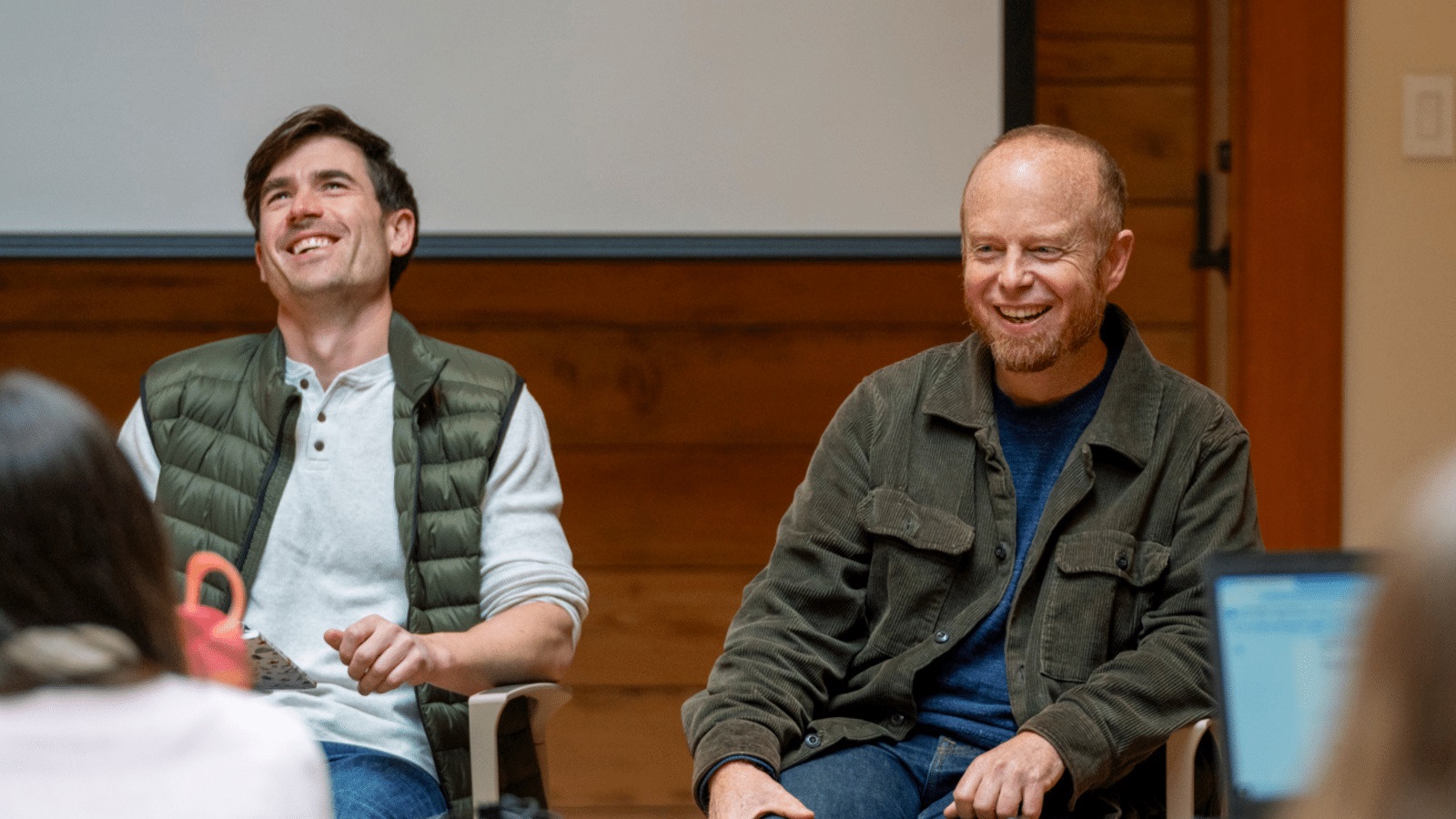
Mayor of Whistler Jack Crompton and MP Patrick Weiler speaking to the Young Leaders on a panel about effectively influencing government. Photo by Mike Crane Photography

Young Leaders connecting during a small group discussion at the Summit. Photo by Mike Crane Photography
Connecting Like-minded youth
Above all, we were all deeply inspired by one another. At times in this work, especially when you are starting out, it can feel like the work you are doing is isolated. The problems we face – biodiversity loss, climate crisis, extractive relationships to the land and colonial culture – are enormous; petrifying and daunting. The odds seem stacked against us. However, gathering together this weekend was a reminder that we are not alone in this work and this fight! I can work alongside and deeply trust the other young people who are making a difference. There is a lot of progress to be made, but I have greater peace of mind and encouragement knowing that these incredible young leaders are out there, with energy, clarity, and brilliance, working on these challenges too. When I think about how incredible they are, the once stacked odds seem to flip in our favour, and I begin to wonder how we wouldn’t succeed with such brilliant young leaders advocating for our planet.

Learn More about the Young Leaders in Conservation Program
This program is an opportunity for youth to connect with like-minded, passionate people who care for nature and wish to make meaningful connections, network with youth leaders and conservation experts across BC, get coaching for skills relating to conservation advocacy in BC, and co-create ways of catalyzing change. We know that by bridging a network of like-minded peers, we’ll have a stronger impact, together.
Learn more about how you can get involved in the program by visiting the Young Leaders in Conservation Program page or contacting Program Coordinator Eden Luymes at eden@cpawsbc.org.


